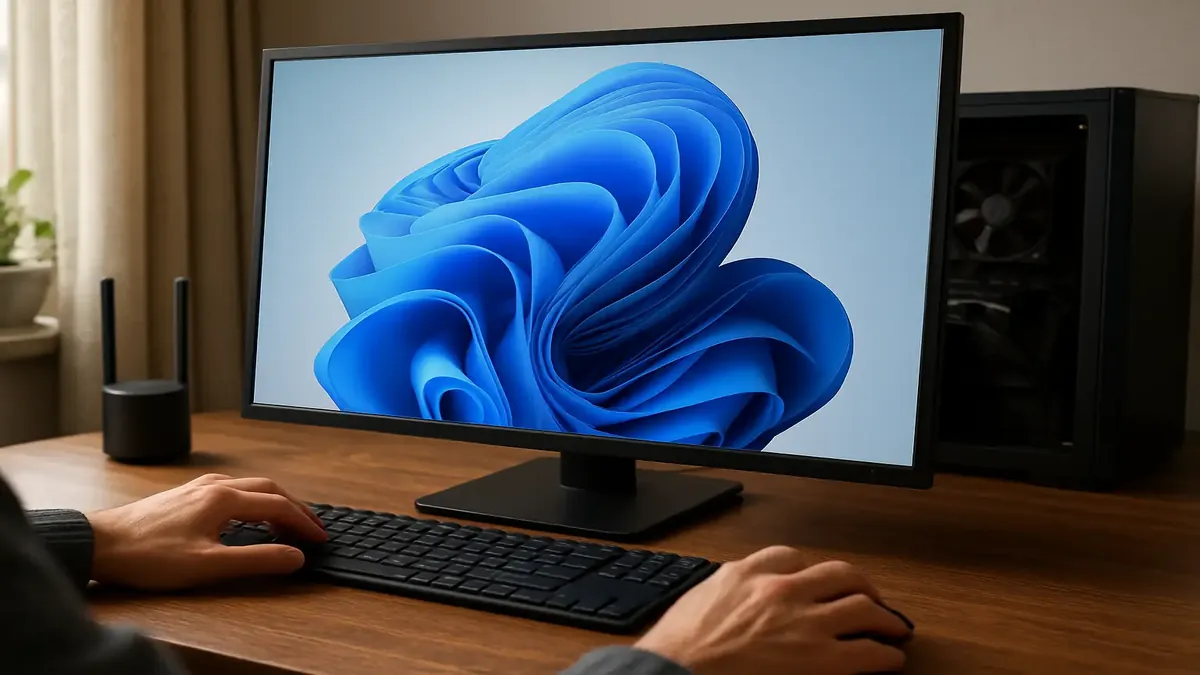How a “Tech Savvy” Friend Nearly Killed a Windows 11 Upgrade—And the Surprising Fix

You know the story: A friend calls, their WiFi is down, and you—being the local tech wizard—are summoned to save the day. You fix the WiFi in five minutes, bask in their gratitude, and then, because you’re feeling generous, you offer to upgrade their PC to Windows 11. Simple, right? What could possibly go wrong with a brand-new, custom-built system?
Well, as it turns out, a lot. Especially when the ghost of “tech savvy” friends past haunts your hardware.
The Case of the Mysterious Windows 11 Rejection
So there I was, ready to usher a friend’s gaming rig from Windows 10 into the sleek world of Windows 11. He hesitated, though: “Oh, it doesn’t support 11.”
Wait, what? This was a modern system! I peeked under the hood—sure enough, the PC Health Check tool complained about Secure Boot not being supported. But the motherboard specs begged to differ. Secure Boot was right there in the BIOS, waiting to be enabled.
A quick toggle, a hopeful reboot… and, boom, the system refused to boot. That’s odd. I backtracked, checked partitions, fiddled with BIOS updates, and even tried booting into Safe Mode. Nada. I spent an hour in full detective mode, piecing together the puzzle with the tenacity of a caffeinated Sherlock Holmes.
And then, a lightbulb moment. What if the problem wasn’t in the BIOS, but on the disk itself?
MBR vs. GPT: The Partition Plot Twist
Now, here’s a quick primer for the non-nerds: There are two main ways a hard drive can organize its boot information—Master Boot Record (MBR) and GUID Partition Table (GPT). MBR is the old-school method, dating back to the floppy disk era. GPT is the new hotness, required for Secure Boot and, by extension, Windows 11.
I checked the boot drive’s partition type, and there it was: MBR. On a modern system! That’s like putting a cassette player in a Tesla.
Who would do such a thing? Well, it turns out, my friend’s PC had been built by another friend—one who was “tech savvy” and “regularly did such things.” (Cue ominous music.)
The Dangers of “Tech Savvy” Friends
Upon further investigation (i.e., some light gossip), I discovered this “expert” had a habit of installing cracked Windows copies for folks, which—due to, ahem, certain technical workarounds—meant always using MBR. Out of sheer habit, he’d installed my friend’s perfectly legal Windows on MBR, too. Oops.
This is a classic case of “if all you have is a hammer, everything looks like a nail.” Or, in this case, “if all you install are cracked Windows ISOs, everything gets MBR.”
The Fix: MBR2GPT Saves the Day
Luckily, Windows 10 comes with a built-in superhero: mbr2gpt. With a few PowerShell incantations, I converted the drive to GPT, enabled Secure Boot in the BIOS, and voilà! The Windows 11 upgrade was a breeze.
It was a reminder that, in tech support, you can never assume the last person who touched the system knew what they were doing. Always check the basics—even the ones that seem too obvious.
Lessons Learned (and Shared)
- Not all “tech savvy” friends are created equal. Sometimes, they bring their own baggage—and outdated habits.
- MBR is ancient history. If you’re building or upgrading a PC, always use GPT for modern features and future-proofing.
- Don’t skip the detective work. Even if the problem seems obvious, dig deeper. The root cause could be lurking where you least expect it.
- Cracked software leaves a legacy. And not the good kind.
Over to You!
Have you ever run into a tech conundrum that turned out to be a simple—but hidden—misconfiguration? Or maybe you, too, have a “tech savvy” friend whose shortcuts caused long-term headaches? Share your stories in the comments below! And next time you’re helping a friend upgrade, remember: Never take GPT for granted.
Got a wild tech support tale? Or a favorite “facepalm” moment? Drop it below—let’s commiserate and learn together!
Original Reddit Post: The Windows 11 upgrade